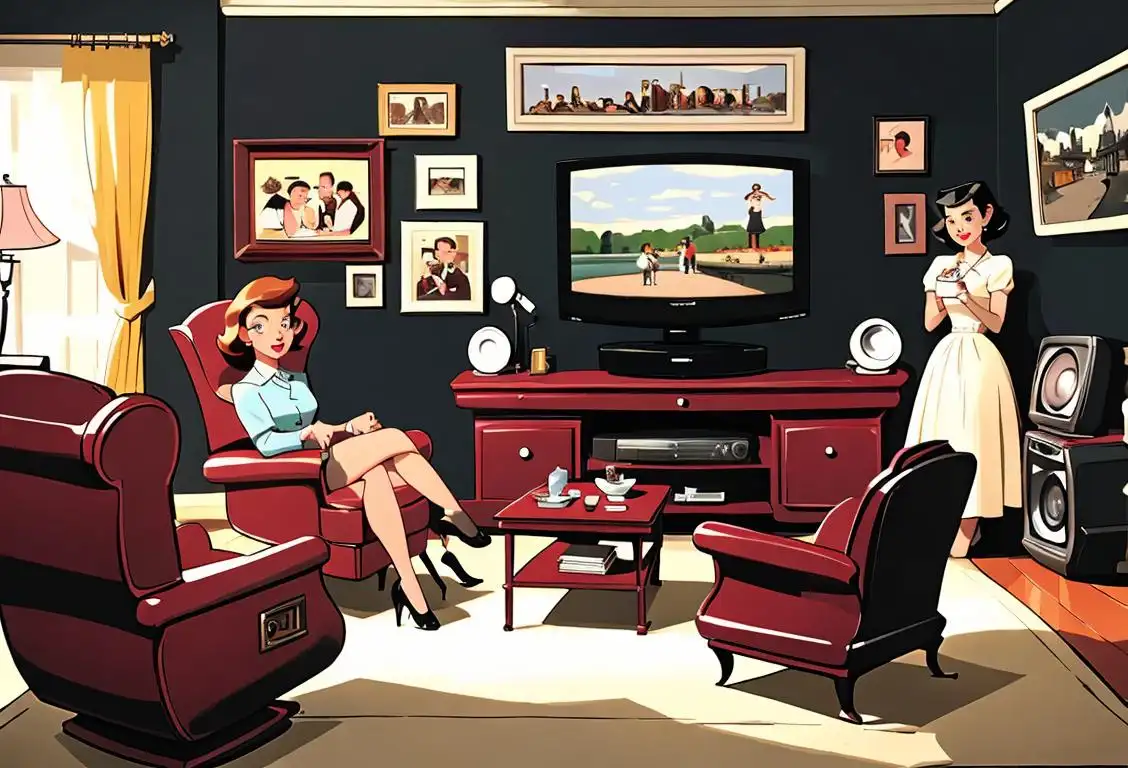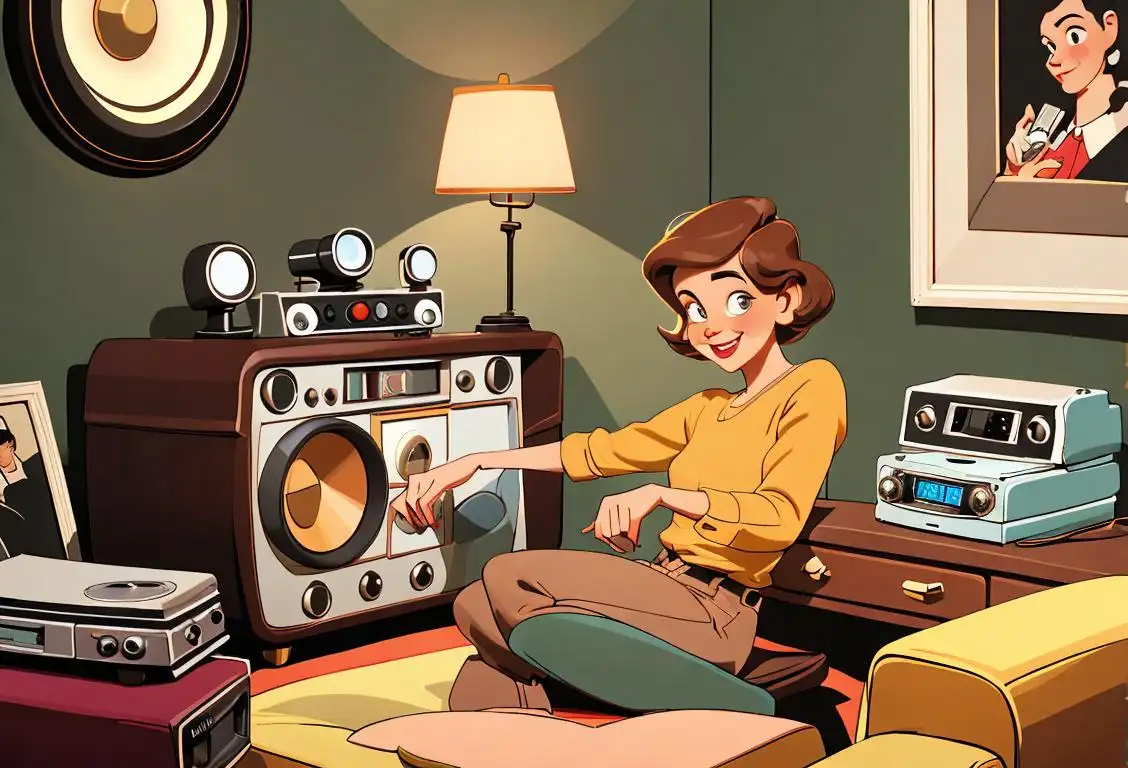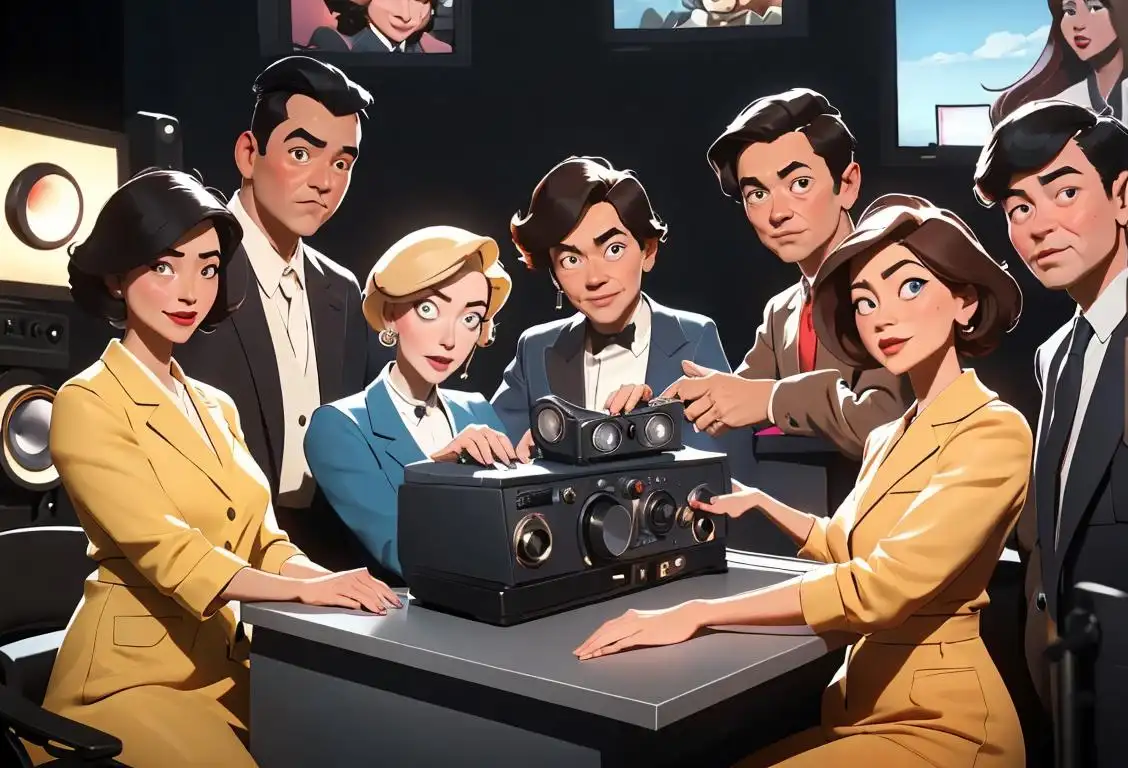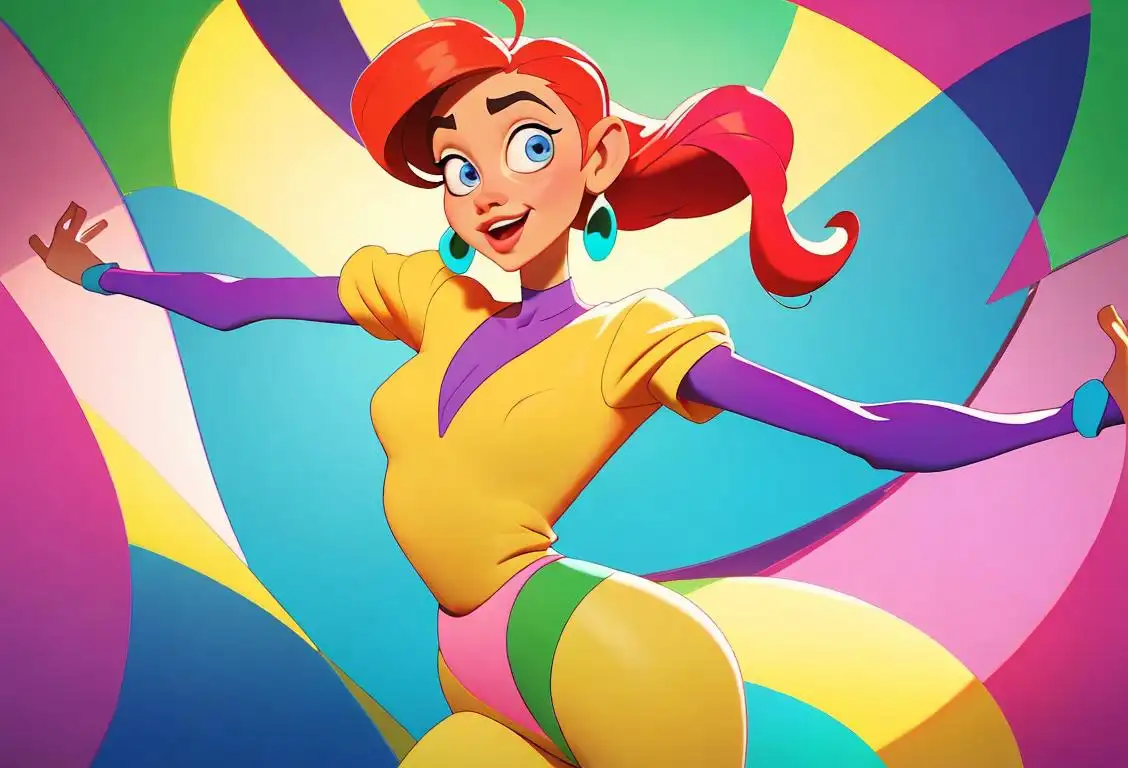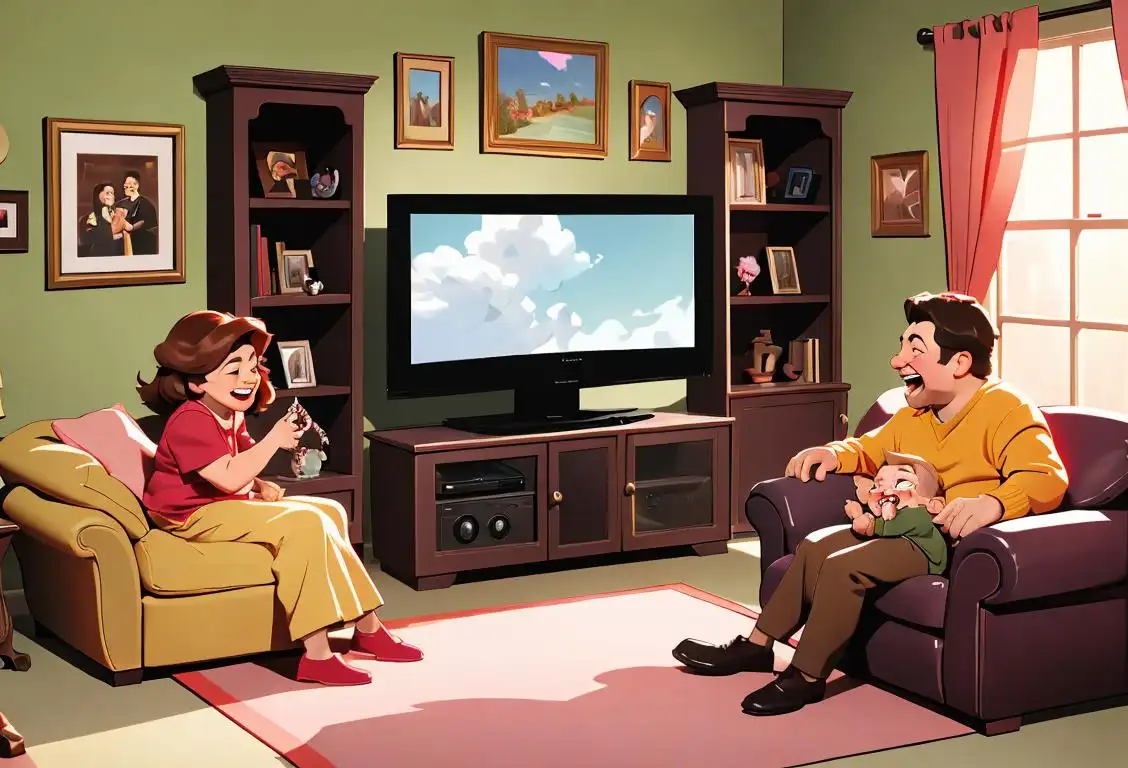National Television And Radio Day
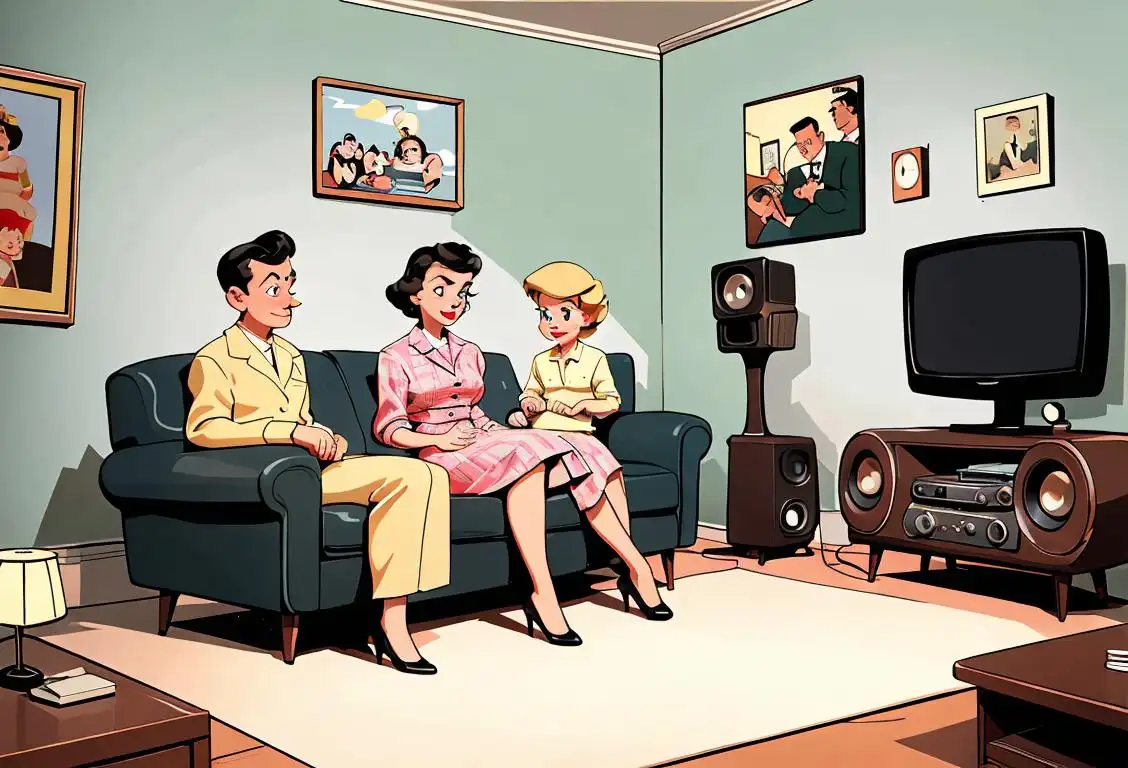
Welcome to the wonderful world of television and radio! Today, we celebrate National Television and Radio Day, a special day dedicated to the invention and evolution of these beloved forms of entertainment. So grab your remote control, tune in your favorite station, and let's dive into the exciting history of television and radio!
When is Television And Radio Day?
It's national television and radio day on the 14th January.
The Birth of a Revolution: The Invention of Television and Radio
It all started with a spark of ingenuity. Back in the late 19th century, inventors like Nikola Tesla, Philo Farnsworth, and Guglielmo Marconi dared to dream of transmitting images and sounds through the airwaves. Little did they know that their experiments would pave the way for the birth of television and radio as we know them today.
Fast forward to the early 20th century when television and radio truly took off. In 1920, KDKA in Pittsburgh, Pennsylvania, made history by becoming the world's first commercial radio station. Suddenly, people could tune in to hear news, music, and entertainment right in the comfort of their own homes.
But it wasn't until the late 1930s that television made its grand entrance. Televisions were expensive and rare at first, but as technology advanced and prices dropped, they became more accessible to the general public. Soon, households across the nation were gathered around these magical boxes, capturing glimpses of a world they had never seen before.
The Golden Age of Television and Radio
The 1950s and 1960s marked the golden age of television and radio. It was a time when families would gather together to enjoy popular shows like "I Love Lucy," "The Twilight Zone," and "The Ed Sullivan Show." Radio, too, had its share of iconic programs, with shows like "The Lone Ranger" and "The Adventures of Superman" captivating audiences with their thrilling stories.
As the years rolled by, television and radio continued to evolve. Color TV became the norm, bringing vibrant images into people's living rooms. FM radio offered a clearer, higher-quality sound experience. And in the 1970s, the advent of cable television provided viewers with even more channels to choose from.
The Internet Revolution: Television and Radio Go Digital
The turn of the 21st century brought about a revolution that would forever change the landscape of television and radio—the internet. With the rise of streaming services and podcast platforms, viewers and listeners gained the freedom to consume their favorite shows and music whenever and wherever they pleased.
Nowadays, you can binge-watch an entire series on Netflix, catch up on the latest news through online radio, or even create your own internet radio station. The possibilities are endless, thanks to the incredible advancements in technology.
So, on this National Television and Radio Day, let's take a moment to appreciate the mind-blowing journey of these remarkable inventions. They have entertained us, informed us, and brought us together in ways that were unimaginable just a few decades ago. Whether you're a TV aficionado or a radio enthusiast, this is the perfect day to indulge in your favorite shows and tunes, celebrating the power that television and radio hold in our lives.
History behind the term 'Television And Radio'
1884
Invention of the Televisor
In 1884, Paul Gottlieb Nipkow, a German engineer, invented the concept of the Televisor, an early electromechanical device that could transmit images through wires. This invention laid the foundation for the development of television as we know it today. The Televisor used a rotating disc with holes arranged in a spiral pattern to capture images and convert them into an electronic signal.
1927
First Television Transmission
On September 7, 1927, Philo Farnsworth, a young American inventor, successfully transmitted the first fully electronic television image. Farnsworth's system used a cathode ray tube to display the transmitted signal. This breakthrough marked the birth of electronic television, and Farnsworth is often credited as one of its key pioneers.
1939
Introduction of Color Television
In 1939, the first publicly demonstrated color television system was introduced by RCA (Radio Corporation of America) at the New York World's Fair. This system allowed for the transmission and reception of color television broadcasts, revolutionizing the viewing experience. Color television became increasingly popular in the following decades, transforming the way people enjoyed visual media.
1947
Advent of Transistor Radios
In 1947, the development of the transistor, a miniature electronic device, revolutionized the world of radio. Transistors replaced the bulky and power-consuming vacuum tubes previously used in radios, making them portable and affordable. Transistor radios became incredibly popular and enabled people to carry their favorite music and shows with them wherever they went.
1962
Satellite Communication and Broadcasting
In 1962, the world witnessed a major development in broadcasting with the launch of the Telstar satellite. Telstar became the first satellite to transmit television signals across the Atlantic Ocean. This breakthrough enabled live international television broadcasts, connecting people from different continents and fostering global communication and cultural exchange.
1990s
Digital Television and Radio
The 1990s marked a significant shift from analog to digital technology in the television and radio industries. Digital transmission allowed for improved picture and sound quality, as well as the ability to transmit multiple channels over the same frequency. Digital television and radio transformed the way we consume media, opening up new possibilities for interactive programming and multimedia experiences.
Did you know?
Did you know that the term 'couch potato' was coined in the 1970s to describe someone who spends a lot of time sitting and watching television? So go ahead, embrace your inner couch potato on this special day!Tagged
technology entertainmentFirst identified
14th January 2017Most mentioned on
14th January 2017Total mentions
143Other days
Television A Historic Day
Radio The Day
Broadcasting Day
Animation Day
Television A Day
Television And Radio Day
Gamer Day
Video Games Day
Videogame Day
Release Day
